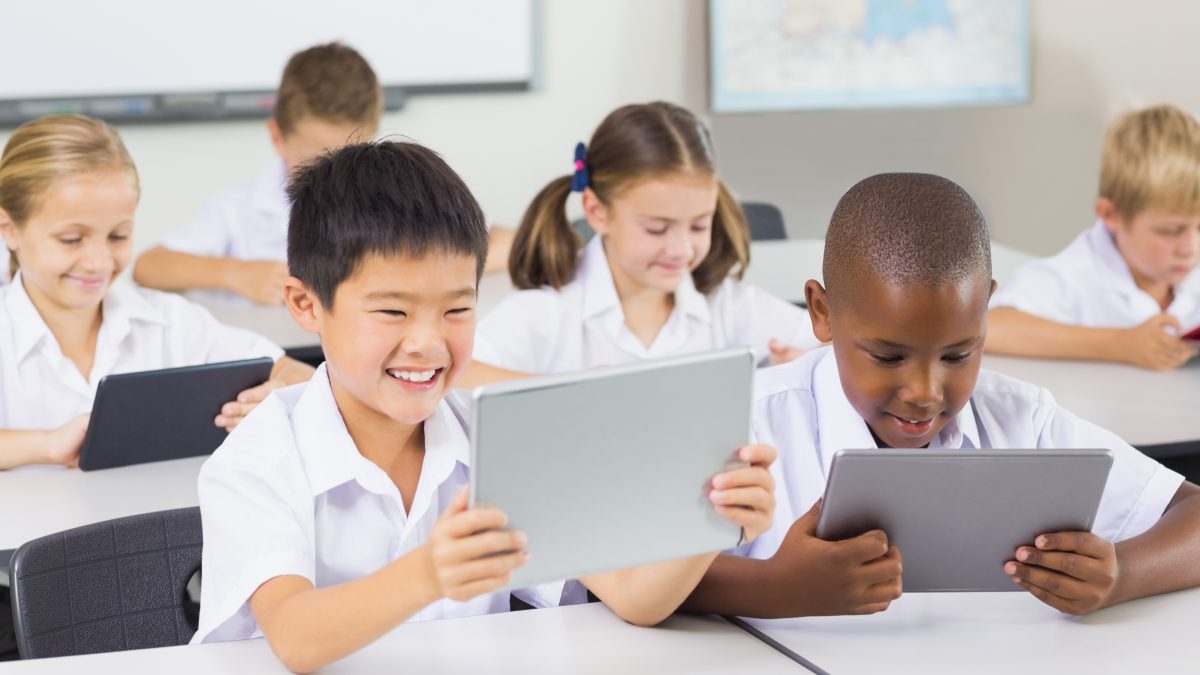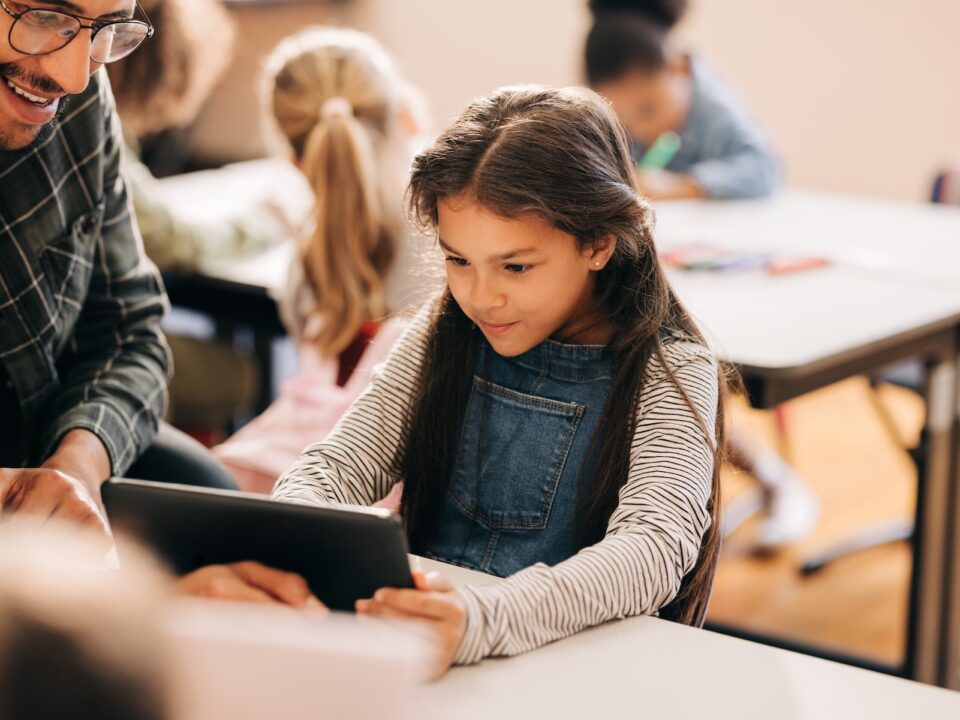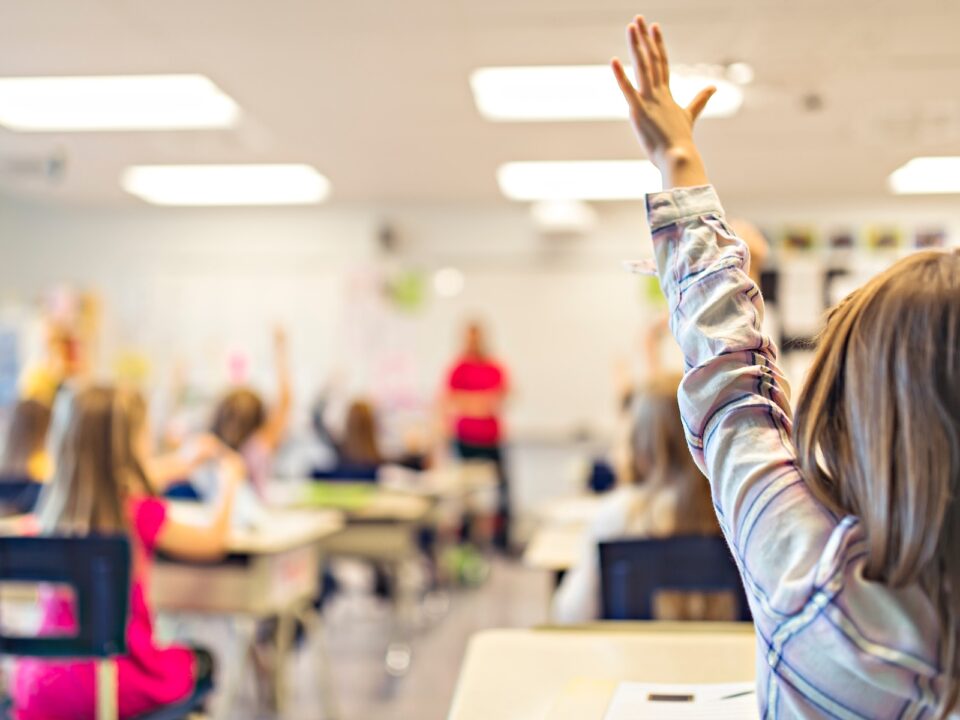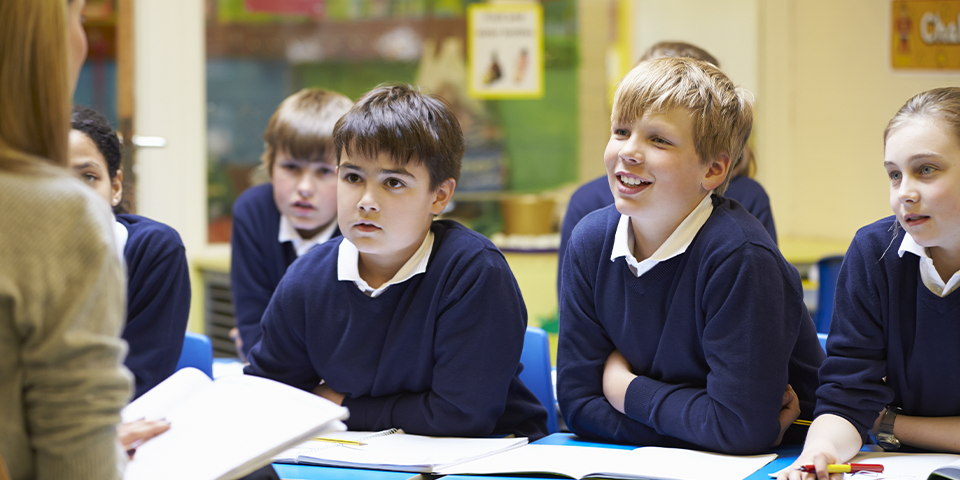- Sales & Support
- +61 2 4225 9698
- [email protected]

What is digital literacy and why does it matter?
August 12, 2022
Special Report: myON’s impact on student achievement
March 21, 20234 essential skills for media literacy

Media literacy is the most important topic of our time. Media impacts every aspect of our lives, specifically affecting how we relate to, learn about, and interact with the people around us. Whether it’s through social media, blogs, advertising, or the nightly news, all aspects of media cumulatively affect our perception of the world and what is happening in it. With such an incredible impact on our daily lives, the ability to navigate, verify, and trust information is vital for everyone. Here are our four essential skills for media literacy
Skill #1: Slowing down in a fast-paced world
One of the first challenges we encounter is keeping up with the speed of information. The rate at which media is produced and distributed is both fascinating and overwhelming. As the consumers, we must be willing to do our own verification, especially in a world where the term “fake news” is being used with abandon.
There is an art to patience. The good news is that it can be taught. Just by emphasising the importance of slowing down, stopping to verify a source, and backing it up with three other credible publications, we can better equip our students with the basic skillset and understanding to intelligently digest media.
by taking time to understand the information we receive, we can start to break the bad habits of our rapid-fire media consumption and sharing.
Skill #2: Finding the source(s)
When it comes to online media, start by following the links. They’ll help take you back to the places where the information came from. If they lead to a personal social media account, you might want to consider your confidence in the information before sharing it.
For all media, backing up a source by comparing the information on several different media networks is always a good idea. Are there noticeable differences between the facts that are being shared? What bias is there? Using multiple reputable national news sources as a reference is always a good idea.
Bottom line: If you don’t have time to verify it, you shouldn’t share it.
Skill #3: Exploring media as a creator
Not long ago, the definition of media literacy expanded to include media creation. No longer are students merely passive consumers of media—they are now active content creators via online sharing, posting, and commenting. Every time our students “Snap” a picture to a friend or comment on Instagram, they are contributing to the media landscape.
Include tools in your classrooms that help empower students to create their own media. For example, consider teaching students how to create videos, integrate coding skills, and explore and use apps. As we empower students to become effective creators, we instil critical thinking skills to support them as they navigate through their daily information.
Skill #4: Understanding bias
We hear a lot about media bias. Evaluating the media for bias includes asking questions about news sources, point of view, stereotypes, loaded language, etc. Identifying this type of bias is extremely important and is often covered in media literacy classes.
Personal inherent bias, also known as implicit bias, refers to beliefs or attitudes we have that impact decisions we make. These biases are often unconscious rather than explicit. We may not even understand that we have them or know how they impact our actions. Our personal bias impacts the way we see the world and interpret media messages. Helping children understand that they may process news or information differently based on their personal bias is a key component of critical thinking and media literacy skills.
Getting to know your personal bias not only helps you understand yourself, but it also allows you to understand your reaction to media and to others.
With the vast amounts of information we receive today, it’s critical that we—and our students—understand where our own values, beliefs, and experience come in when assessing media. Arming students with critical thinking skills, including an understanding of personal bias, will better equip them to be successful and empathetic in the classroom and beyond.
Looking for ways to safely integrate media into your curriculum? Check out myON® News, which delivers unbiased reporting on current events, written specifically for students.



